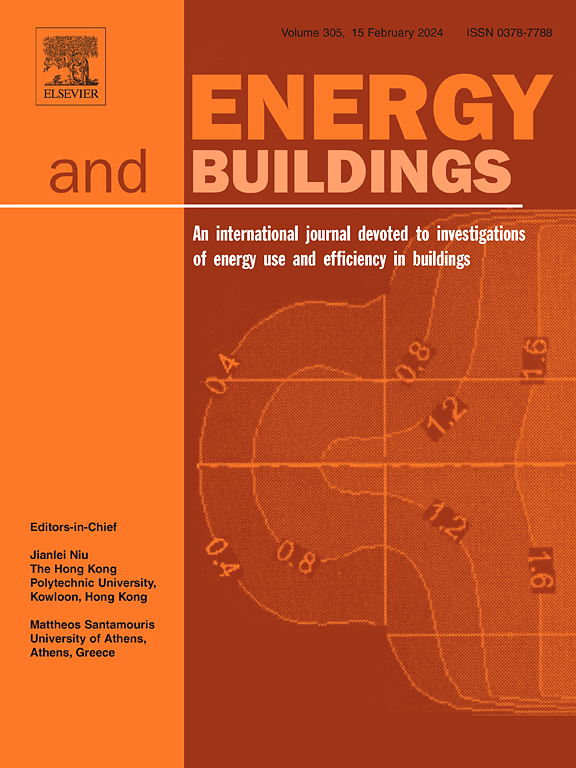Understanding the impacts of space design on local outdoor thermal comfort: An approach combining DepthmapX and XGBoost
IF 6.6
2区 工程技术
Q1 CONSTRUCTION & BUILDING TECHNOLOGY
引用次数: 0
Abstract
Researchers and designers alike are keen to explore proper space designs to alleviate the heat waves. A niche research area of this type focuses on the smaller scale, local communities to achieve the so-called ‘cool spots’ for residents. However, despite the momentum gained so far, it remains unclear what the key design elements are (e.g., space orientation, aspect ratio, or building density) and how they interact with each other in impacting outdoor thermal comfort (OTC), particularly in some complex, vertical ‘spots’. This research aims to provide an improved understanding of cool spot reasoning by proposing a new paradigm to engage DepthmapX (an analytic tool for urban spatial configuration), XGBoost (a machine learning tool), and on-site verification. By implementing the paradigm on a university campus in Hong Kong for the case study, it was discovered that Percentage of View (PV), Average Height Index (AHI), and Connectivity (CON) are the three most influential factors leading to the formation of a ‘cool spot’. DepthmapX can not only help quantify space designs but also help translate the indexes back to real-life space design options. The XGBoost can help better interpret the pathway from different space design indexes to different OTC but more explainable causal relationships are desired. This research advanced our understanding of the impacts of different space designs on OTC and provided references to designers in achieving OTC in smaller--scale, local communities. It also opens a new avenue to understand the causal relationships in a more detailed and explainable fashion.
求助全文
约1分钟内获得全文
求助全文
来源期刊

Energy and Buildings
工程技术-工程:土木
CiteScore
12.70
自引率
11.90%
发文量
863
审稿时长
38 days
期刊介绍:
An international journal devoted to investigations of energy use and efficiency in buildings
Energy and Buildings is an international journal publishing articles with explicit links to energy use in buildings. The aim is to present new research results, and new proven practice aimed at reducing the energy needs of a building and improving indoor environment quality.
 求助内容:
求助内容: 应助结果提醒方式:
应助结果提醒方式:


